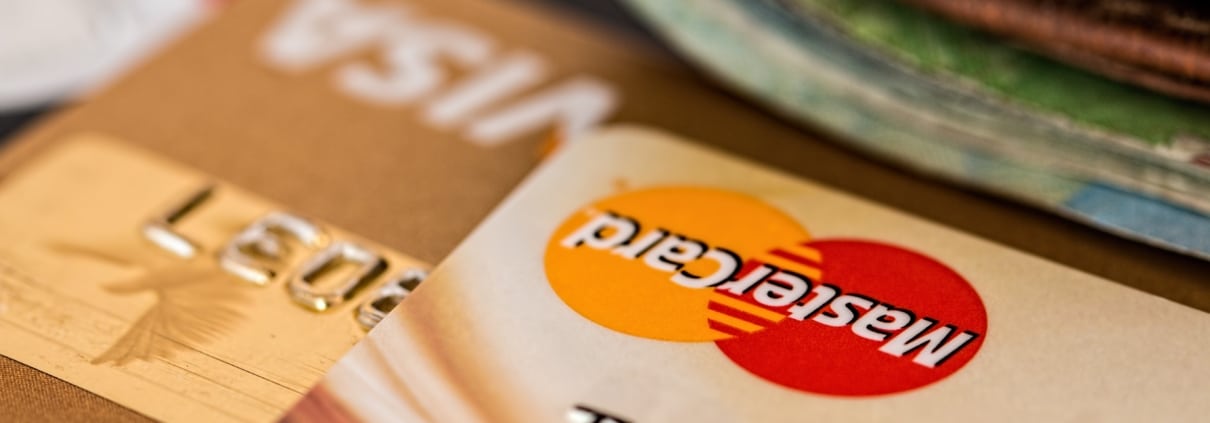Rebuild Your Credit After Bankruptcy
To rebuild your credit after bankruptcy, you must retrain your financial behavior. This starts with recognizing the fact that you must live with the lifestyle that your income allows. This does not necessarily mean you cannot have nice things or go out to eat or go on vacations. It is simply a restructuring of your overall priorities to ensure future financial well-being.
How to Rebuild Your Credit After Bankruptcy
The thought of rebuilding your credit after bankruptcy may seem overwhelming. The key is to begin with small, easy-to-complete tasks and then work your way up the ladder. Understanding how bankruptcy affects your credit will allow you to begin to rebuild your credit after bankruptcy.
Rebuild Your Credit After Bankruptcy – Step One
The first step is to ensure that all of the creditors whose debt you discharged are correctly reporting to your credit. You should familiarize yourself with www.annualcreditreport.com. This is the free, government-sponsored website that allows you to pull each of your credit reports once a year.
I recommend picking one report and pulling it about 60 days after you receive your bankruptcy discharge. Each of the discharged debts should now be reporting “$0.00” or “Discharged in Ch. 7 Bankruptcy.” If any debt is not reporting that way, contact our office right away. Please make sure to download or print off a complete copy of the credit report. We can then determine whether this is something that simply needs to be disputed with the credit bureau OR if we need to reopen your bankruptcy case and seek sanctions against that creditor.
Once we determine that all of the creditors are correctly reporting the bankruptcy, the next step is maintenance/monitoring.
Rebuild Your Credit After Bankruptcy – Step Two
You can choose from any number of credit report companies to monitor your credit score these days. My favorite is Credit Karma. It is legitimately free to sign up. More importantly, Credit Karma constantly rates each of the factors that make up your total credit score. The site will actually tell you what you can do to improve your credit card utilization rate, hard inquiries, payment history, and derogatory remarks.
Naturally, Credit Karma is available as an app on just about any cell phone carrier so you can always be in touch with how your score is doing. If you’re like me, you may just become obsessed with it and check it weekly or even daily.
Rebuild Your Credit After Bankruptcy – Step Three
Obtain a secured credit card. A secured credit card is identical to a regular credit card with one important difference. With a secured credit card, you give the credit card company a deposit before they issue you the card.
Example: You give Big Credit Card Company $200.00 that you have saved up over the last couple of months. Big Credit Card Company says “thank you” and puts that money into a separate account that only they control. Big Credit Card Company then issues you a credit card that has a $200.00 spending limit.
You then use this credit card just like you would any other card. You charge expenses to it and then pay them off on a monthly basis. Every time you make a timely monthly payment, Big Credit Card Company reports positively to your credit. Every positive report to your credit further boosts your credit score.
Here is the beauty of a secured credit card – they will never report negatively to your credit. Say you miss a payment or just stop paying the card altogether. Big Credit Company will just start to deduct whatever monthly payments you don’t make from the $200.00 that you’ve already given them. They will do this until that account is totally depleted.
By having those funds already on hand, you’re ensuring that you’re never in a position where you might get in over your head. You are also ensuring that they will not report negatively to your credit. It is a win-win for you and Big Credit Card Company.
Rebuild Your Credit After Bankruptcy – Step Four
The key to rebuilding your credit after bankruptcy is incurring debt and then paying it off in a timely manner. Once you are comfortable with your post-bankruptcy finances, you may consider financing a car or home. As with any other purchase in life, the best way is pay for the item with cash up front. You should avoid financing items where you can. Unfortunately, there are times where that is simply unavoidable.
Financing a vehicle after bankruptcy is surprisingly easy. Once you receive your discharge, you can walk into just about any dealership in the state of Indiana and finance a car. I recommend going during “year-end clearance” sales because you have a better chance at getting a lower interest rate.
Financing a home after bankruptcy requires a little more time and savings. If you are in the market for a new home and do not have a 20% down payment, you actually only have to wait two years from the date of discharge to be able to obtain the FHA home loan through the federal government. The FHA program requires you only put down 3.5%!
Rebuild Your Credit After Bankruptcy – Final Step
Don’t get discouraged. Increasing your credit score will take time and patience. Use it as an opportunity to learn more about how to budget and prioritize what you want out of life. If you have questions or concerns, contact our office.





